Crunching the Math behind Brain Activity
“I chose TAU because I could be affiliated with medicine, physics and neuroscience all at once, enabling me to work alongside equally interdisciplinary students and colleagues.”

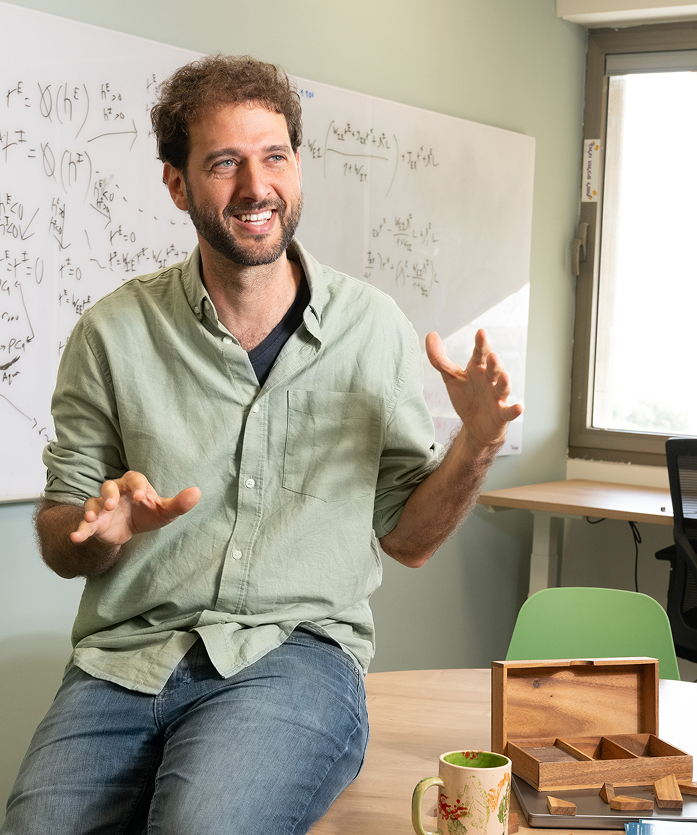
Dr. Ran Darshan (Medicine & Exact Sciences), of the Sagol School of Neuroscience, focuses on understanding how the brain works, particularly how cognitive abilities like learning, memory, and decision-making emerge from the interaction of neurons. He applies mathematical methods from physics, applied math, computer science and AI to develop new tools for analyzing brain data. His lab then collaborates closely with experimental researchers to bridge the gap between theory and real-world findings. “The cool thing is that the same artificial neural networks that power generative AI can be used to model neural circuits in the brain,” he says. “We try to reduce a very complex system to a series of mathematical equations, then study these models and check their predictions with our experimental collaborators. If, for example, we can identify malfunctions connected to learning difficulties, dementia or disease, we’ll be better positioned to try and fix them.”
Dr. Darshan brought the field of theoretical neuroscience to TAU after completing post-doctoral research at Howard Hughes Medical Institute. “I chose TAU because I could be affiliated with medicine, physics and neuroscience all at once, enabling me to work alongside equally interdisciplinary students and colleagues,” he concludes.
Exploring New Possibilities in Visual Media
“It is a great honor to be part of the film school team.”

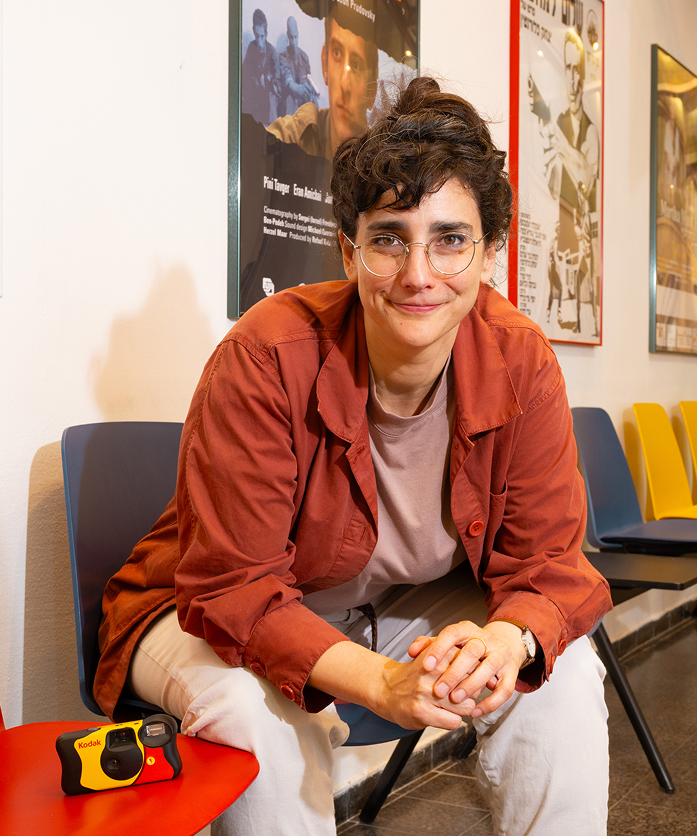
Dr. Ori Levin (Arts) earned her PhD at TAU’s Steve Tisch School of Film and Television and always aspired to return as a faculty member. “TAU has an incredible film school with impressive faculty who are accomplished and active,” says Dr. Levin. “It is a great honor to be part of the film school team.” Coming home after a post-doc at USC, she brings back to Israel expertise in early cinema and specifically the relationship between visual culture and technological change. Dr. Levin sees historical continuity between the first filmmakers’ utopian aspirations and the current rise of revolutionary, AI-driven digital technologies. “My fascination with both early cinema and the algorithmic image springs from the same impulse: a curiosity about moments of promise, about spaces of transition and experimentation where new expressive possibilities emerge,” she explains.
Her current research focuses on how cinema was first received by Hebrew-speakers in pre-state Israel as a “realized miracle” and the harbinger of monumental social, political and linguistic change.
Unlocking the Hidden Potential of New Materials
The Quantum Layered Matter Group, led by TAU alumnus Prof. Moshe Ben Shalom (Exact Sciences), is rapidly advancing the emerging field of “slidetronics,” in which scientists reconfigure the atomic layers of natural materials to better control their electrical, magnetic, optical and conductive properties. In a couple of recent studies published in Nature and Nature Review Physics, Prof. Ben Shalom’s team manipulated layers of graphite – the material found in pencil tips – into storing information and functioning as a tiny memory unit. Such sliding materials could revolutionize technology, offering faster, more efficient memory storage and other applications in electronics, computing and materials science generally.
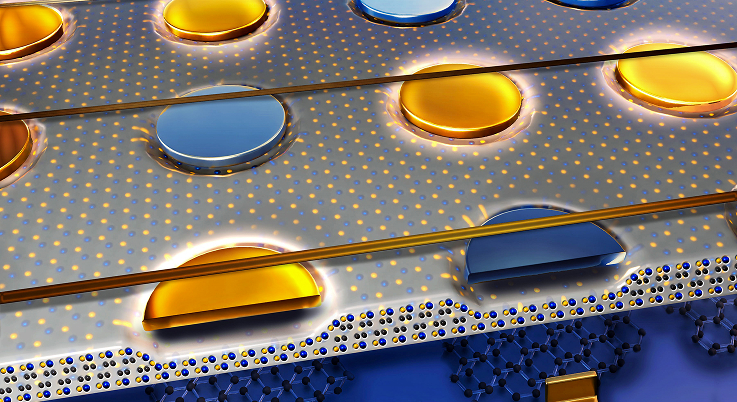
Art Seminar Reveals Story behind Unique Emblem
On-site art history seminars allow students to engage directly with artwork in its original context. Prof. Tamar Cholcman (Arts) led a seminar that explored the "seed-scattering hand" emblem of Beit Gordon, a nature museum established in 1941 at Degania Alef, Israel's first kibbutz. Students conducted archival research and interviews, including with the family of the museum’s founder. Their work uncovered how this emblem bridges between the European emblem tradition, dating back to the 16th century, and Zionist ideals and aspirations in Israel's pre-state period. Remarkably, their findings are to be published in a peer-reviewed journal – an exceptional outcome for an undergraduate seminar.
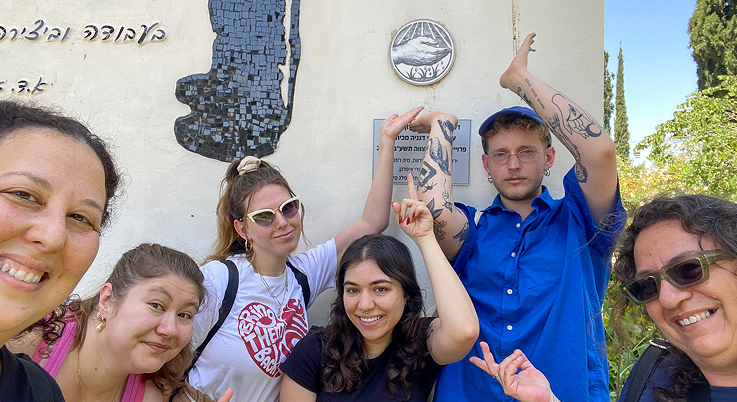
Outsmarting Bacterial Defenses
A study led by PhD student Bruria Samuel and Prof. David Burstein (Life Sciences) of the Shmunis School of Biomedicine and Cancer Research revealed how bacterial defense mechanisms can be neutralized. Published in Nature, the research focused on plasmids – mobile genetic elements that can transfer material between bacterial cells via specialized tubes they assemble. The researchers found that plasmids possess an arsenal of genes strategically positioned to overcome bacterial defenses. Their breakthrough could lead to novel approaches for battling antibiotic resistance as well as for other medical, industrial, and environmental applications.
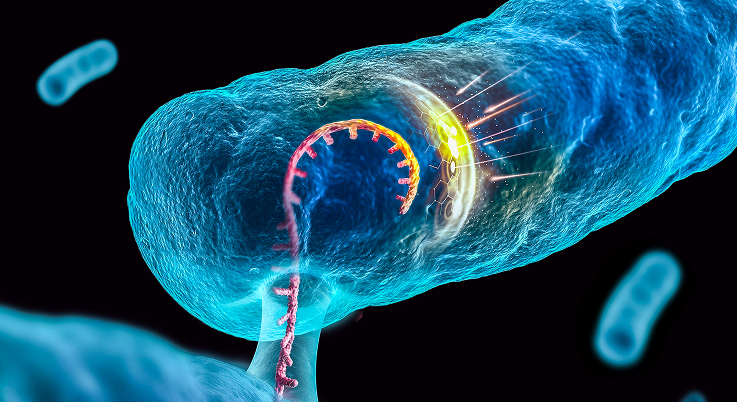
Teacher’s Bot Boosts Pupils’ Learning Skills
The outbreak of the war after Oct. 7 forced schools to go remote, led to mass evacuation of children from their homes, and sent many parents to reserve duty – emphasizing the need for children's independent learning skills. To address this, Prof. Anat Cohen (Humanities) of the Jaime and Joan Constantiner School of Education developed a GenAI chatbot that helps pre-service teachers identify and address pupils’ cognitive and motivational challenges during independent learning tasks. This tool enhances problem-solving skills and empowers teachers to design chatbot-based activities tailored to their schools' needs. The award-winning research could enhance independent learning for both routine and emergency situations.
